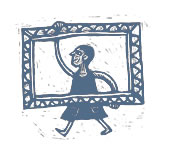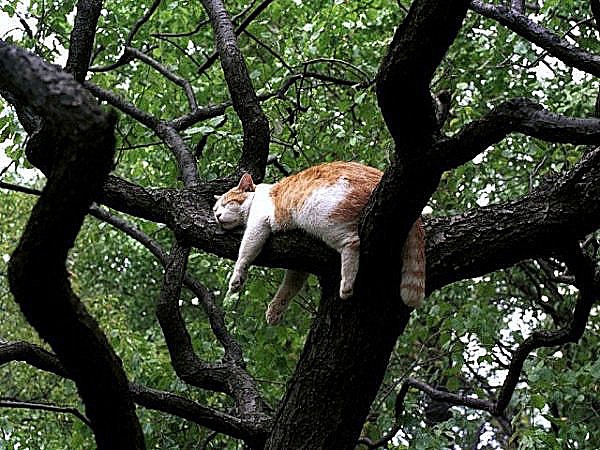This large letter B is on a rooftop in the Born district of Barcelona. Is it B for Barcelona or is it perhaps B for Born in Barcelona (that old Springsteen classic)? Or maybe it doesn’t stand for either, especially since it’s lying on its back. Maybe it’s B for Brossa, the Catalan poet, playwright and artist Joan Brossa. He liked to play around with letters and it seems to be on the roof of his theatre. We found it when we came looking for Lottie who lives nearby. We met her under the B for Beer. Continue reading “B For Barcelona”






